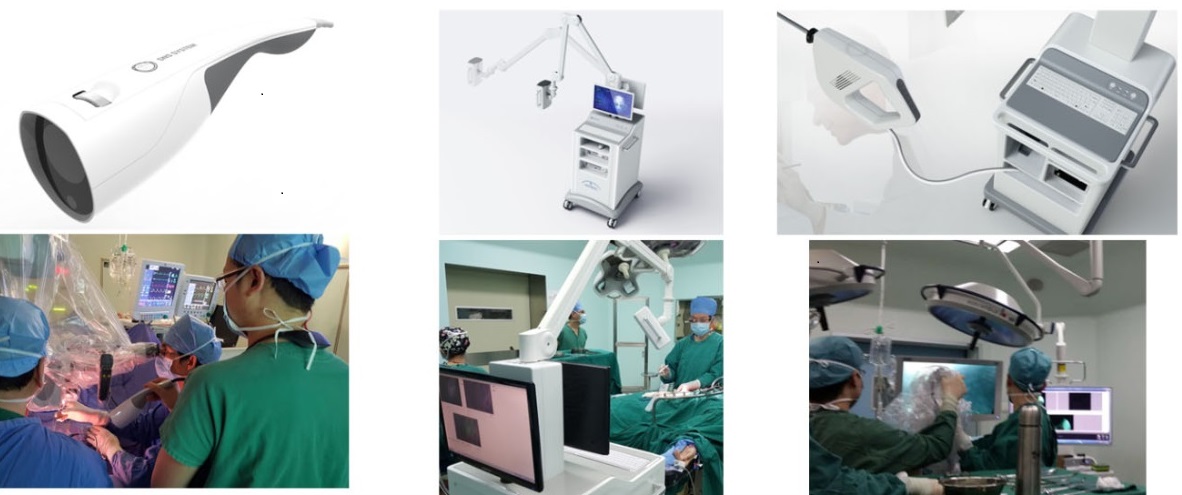Prof. TIAN Jie’s research team, Key Laboratory of Molecular Imaging, Chinese Academy of Sciences, adopted novel radiomics method to improve prediction accuracy for preoperative lymph node metastasis in colorectal cancer to 14.8% via cooperation with Prof. LIU Zaiyi and Prof. LIANG Changhong’s research teams, radiology department of Guangdong General Hospital.
The research entitled “Development and Validation of a Radiomics Nomogram for Preoperative Prediction of Lymph Node Metastasis in Colorectal Cancer” has been published online in Journal of Clinical Oncology online (DOI: 10.1200/JCO.2015.65.9128; IF: 20.982 in 2015).
Colorectal cancer is one of the most common digestive tract malignancies with death rate ranking fourth in all cancers. In particular, colorectal cancer patients (CRC) with lymph node (LN) metastasis are more difficult to be treated. Therefore, all invasive LN should be cleared away completely during operation. Otherwise, postoperative recurrence and metastasis may occur.
Although several histopathologic findings, such as lymphatic invasion and tumor differentiation, are known to be predictors of LN metastasis, they are only available postoperatively.
Additionally, whether LN is metastasized is difficult to be identified by traditional preoperative Computed Tomography (CT). Information of LN metastasis is also difficult to obtain through needle biopsy.
Research teams reviewed and analyzed over 500 cases of CRC in Guangdong General Hospital from 2007 to 2011. Based on radiomics framework, research teams combined clinical pathological data and radiomcis imaging features to construct a model to predict LN metastasis in colorectal cancer status by using the retrospective data collected from patients with CRC.
The study included three steps. First, they extracted from portal venous-phase CT of CRC for 150 radiomics features.
Then, they used Lasso regression model for data dimension reduction, feature selection and the radiomics signature building. Wherein, they selected 24 radiomics features as key features.
What is more, research team adopted multivariable logistic regression analysis to develop the prediction model, with radiomics signature, CT-reported LN status and independent clinicopathological risk factors incorporated, presented with a radiomics nomogram.
The performance of the nomogram was assessed with respect to its calibration, discrimination and clinical usefulness. The primary cohort and validation cohort included 326 cases and 200 cases. The C-index on primary cohort and validation cohort were 0.718 and 0.773, which showed the effectiveness of the Radiomics method.

(Image by Key Laboratory of Molecular Imaging, CAS)
Compared with traditional CT imaging evaluation, radiomics model has improved prediction accuracy of preoperative LN metastasis to 14.8%. The developed prediction model can help doctors for preoperative decisions in colorectal cancer, which has significant clinical values and application prospect.
Radiomics method utilizes the information technology of data mining to dig and extract numerous data from imaging data, pathological data and gene data and to quantize characteristics of tumor data. The method is a new way to analyze the association between the gene information and clinical information (genotype, staging and prognosis, etc.). Recently, radiomics is one of the heated research focuses and prospective orientations in medical imaging field.
Contact:
Prof. TIAN Jie, Prof. LIU Zaiyi, & Prof. LIANG Changhong
Key Laboratory of Molecular Imaging, Chinese Academy of Sciences,
Beijing, China, 100190
Tel: +86-010-82618465

